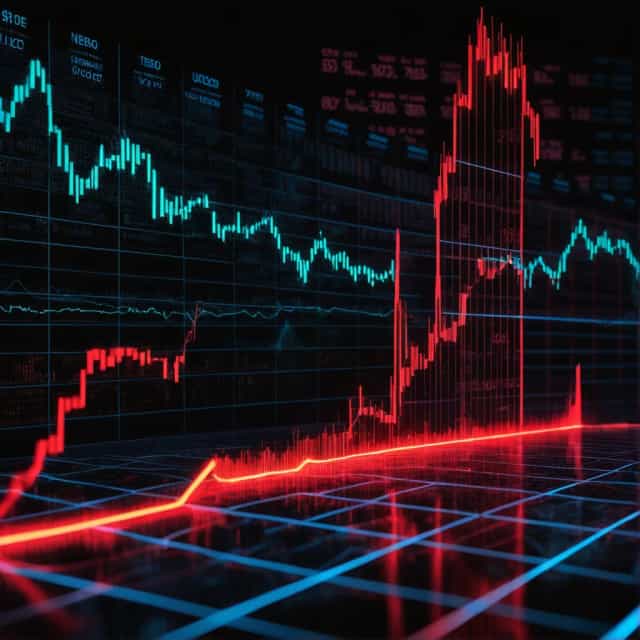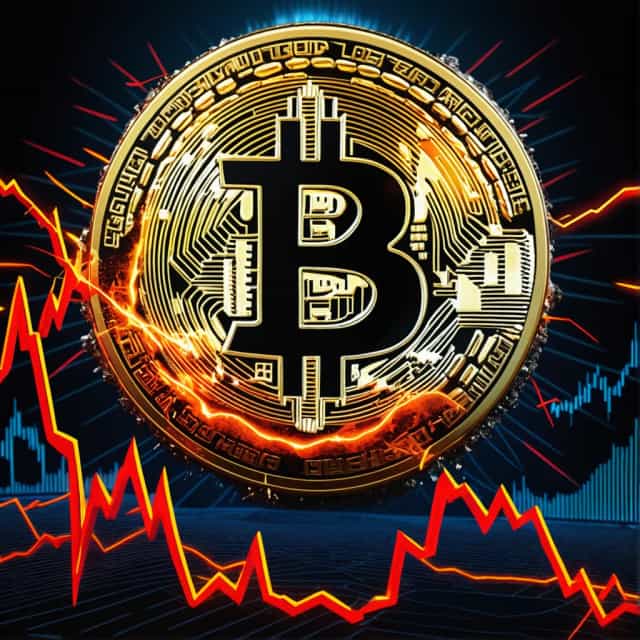
출처: Block Media
How AI Bot Trading is Reshaping South Korea's Digital Asset Market Landscape
The growing adoption of artificial intelligence (AI)-powered bot trading in South Korea's digital asset market is driving unprecedented levels of market concentration and structural imbalance. While high-frequency AI trading systems have improved market efficiency, they are also reshaping the competitive landscape, favoring large institutional investors and sidelining retail participants. This dynamic is intensifying debates over fairness in the cryptocurrency sector and exposing vulnerabilities that demand urgent regulatory intervention.
Data Highlights Wealth Concentration in Digital Asset Trading
Data released by Rep. Lee Heon-seung of South Korea’s National Assembly Financial Services Commission underscores the disparity in the nation's digital asset trading environment. According to the Financial Supervisory Service, from 2024 through June 2025, the top 10% of investors across South Korea's five leading cryptocurrency exchanges—Upbit, Bithumb, Coinone, Korbit, and Gopax—contributed an overwhelming 91.2% of the total trading volume. This equates to a staggering 6,555 trillion won.
Exchange-Specific Market Concentration
Breaking this analysis down by exchange illustrates just how deeply concentrated trading activity has become:
- Upbit: 88.7% of total trading volume controlled by the top 10%.
- Bithumb: 97.5%.
- Coinone: 97.2%.
- Korbit: 97.9%.
- Gopax: 99.2%.
These figures suggest an alarming level of market centralization, where institutional investors or high-net-worth individuals exert disproportionate control, significantly undermining the role of retail participants.
Leading Cryptocurrencies Exhibit Higher Market Dominance
The concentration issue becomes even more pronounced when focusing on major cryptocurrencies like Bitcoin (BTC), Ethereum (ETH), and Ripple (XRP). These three digital assets account for 41.7% of all trading volume across the five platforms. Further analysis indicates that over 95% of trades involving these assets are dominated by the top 10% of investors.
Market-specific breakdowns reveal the extent of this control:
- Upbit: Top 10% investors undertake 91.2% of trading.
- Bithumb: 96%.
- Coinone: 98.3%.
- Korbit: 97.1%.
- Gopax: 99.4%.
Experts attribute this level of concentration to the widespread adoption of AI-based bot trading, which provides key players with a speed and efficiency advantage that marginalizes smaller participants.
Role of AI Algorithms in Market Volatility
AI trading systems not only consolidate market power but also amplify volatility. These algorithms react rapidly to the same market signals, triggering cascades of trades in a single direction. This collective response has a destabilizing effect, especially during periods of market uncertainty.
As retail traders struggle to match the speed and precision of algorithm-driven executions, their trades increasingly devolve into "passive trading" or reactive responses to price movements led by larger investors. According to an industry insider, “When large investors execute substantial buy or sell orders, the resulting market shock can alter the entire trading structure, leaving retail participants scrambling and disadvantaged.”
A recent flash crash on October 11 highlighted these risks. AI bots collectively reacted to news of potential U.S. export restrictions and additional tariffs, initiating widespread panic selling. Within 24 hours, global markets liquidated over 1.6 million positions, erasing $7 billion in value in under an hour. Even Binance, the world’s largest cryptocurrency exchange, briefly faced liquidity constraints as cascading liquidations overwhelmed the system.
“Human traders, in similar situations, would likely have acted with greater discretion,” remarked Bok Jin-sol, a researcher at Populus. “AI algorithms, operating on preprogrammed logic, executed automatic liquidations, creating a domino effect that led to rapid price collapses.”
Regulatory Shortcomings Exacerbate Imbalances
The rapid rise in AI bot trading, coupled with significant wealth concentration, exposes regulatory gaps in South Korea's digital asset market. Current legal frameworks do not classify digital assets as financial investment products under the Capital Markets Act. As a result, they are exempt from disclosure systems, active market monitoring, and anti-manipulation measures.
Without a robust regulatory framework, large-scale investors can execute high-frequency trades or manipulate prices with minimal oversight. Retail investors, meanwhile, bear the brunt of this regulatory void, facing increased risks and diminished protections.
Virtual Asset User Protection Act
Although South Korea ratified the "Virtual Asset User Protection Act" in July to address urgent concerns, the legislation remains inadequate in addressing structural imbalances. Its primary provisions include segregation of customer assets and prohibitions against unfair trading practices. However, vital elements such as mandatory disclosure frameworks, market surveillance requirements, and transaction transparency measures for large-scale traders are absent.
Industry experts warn that without closing these regulatory loopholes, the digital asset market will remain structurally skewed. Such asymmetry leaves retail traders vulnerable while further entrenching the advantages of institutional players.
The Need for Comprehensive Reform
Market concentration, fueled by the proliferation of AI bot trading, underscores the need for immediate reform. As Rep. Lee Heon-seung aptly stated, “The digital asset market’s extreme vulnerability to control by a small group of investors underscores regulatory and structural inadequacies. Immediate measures are needed to establish a fair trading system and protect retail investors.”
Without systemic changes to enhance transparency, implement automated oversight mechanisms, and curb algorithmic trading abuses, South Korea's cryptocurrency market risks becoming an exclusive playground for the wealthy elite. Regulatory advancements must rise to meet the growing complexities of this digital economy, balancing innovation with fairness and stability.










